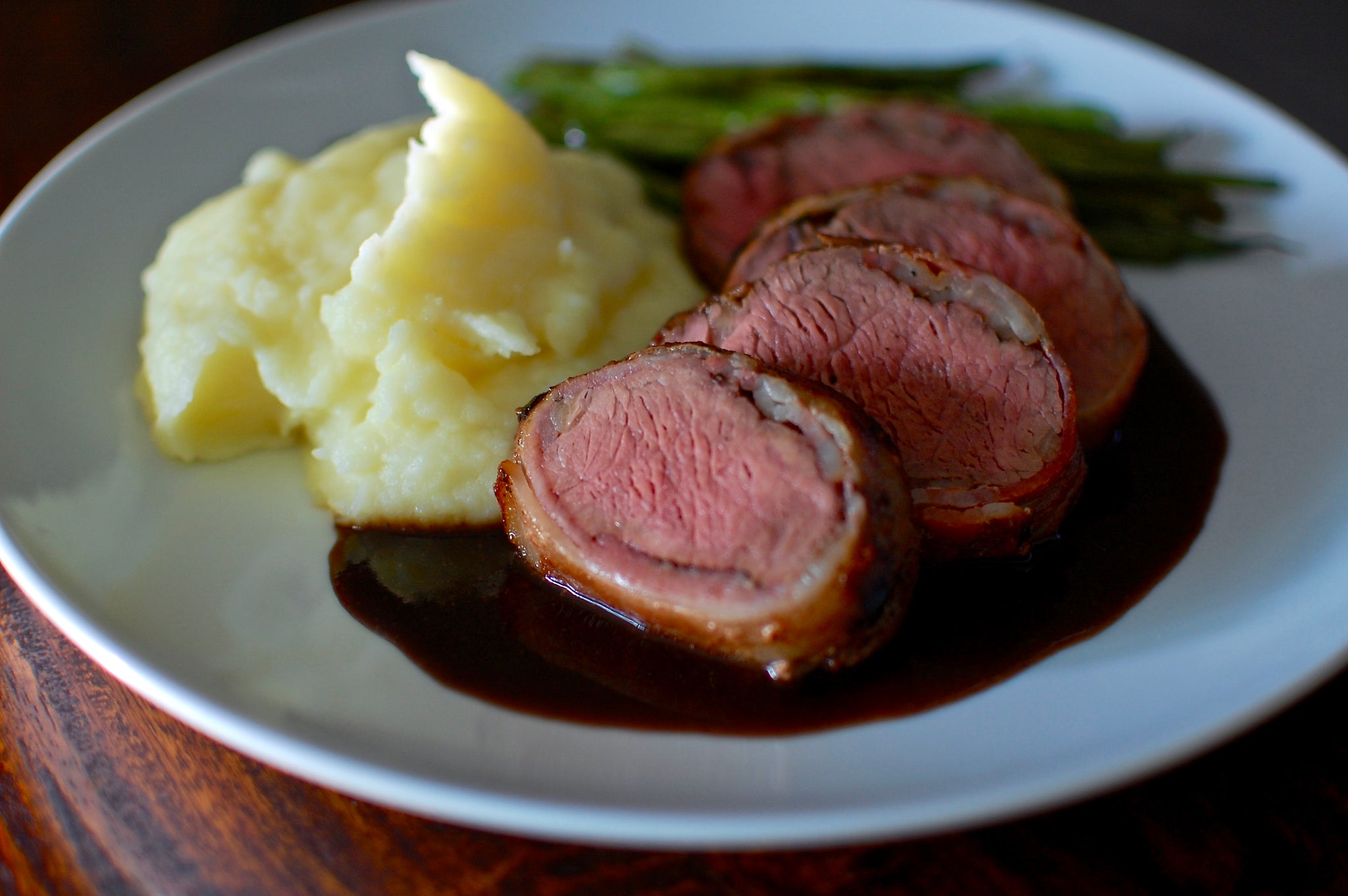
What the Cut?: Butcher's Cuts: Pt. 1 - Petite Tender
Falling in line with our efforts to raise the best quality grass-fed meats in a sustainable and responsible way, we feel it's important to educate our community on how to be active participants in the effort to eliminate food waste.
Step 1: Buy Butcher's Cuts
I'm already imagining the internal dialogue. "What's this about butchers cuts? Isn't all meat cut by butchers?"
Well, yes. You're right. But no, that's not what I mean.
Butcher's Cuts are called as such because they are usually left out of the meat case and taken home by the butcher. Generally speaking, they are unpopular, relatively unknown or hard to sell because of very limited quantities per animal. They are also economical and tasty.
So let's ease into escaping your ribeye and filet comfort zone with two butcher's cuts that you may have unknowingly come across in the wild. Yup, I'm looking at you Steak Frites fans!
Petite Tender

-
AKA: Bistro Tender, Shoulder Tender, Shoulder Petite Tender, Teres Major, Rat Major.
-
Location: In the shoulder clod of the chuck primal. Above the clod heart and under the Flat Iron.
-
Description: ~6-8" long and weighs ~12-16 oz with an elongated shape. It resembles a darker colored whole pork tenderloin. It is considered the second most tender steak on the entire animal, behind the filet mignon... and so much cheaper.
-
Preparation: Remove silver skin and trim away any large pieces of fat. Leave smaller surface fat deposits.
-
Cooking: Petites take well to dry rubs and can be cooked whole or cut into 1-2" medallions to resemble the Filet Mignon. Because of it's tender texture, anywhere between rare and medium work well, any higher and it could dry out.
-
Techniques:
Sous Vide: 60-120 mins @ 120F for rare, 150F for medium. Season and finish on a hot grill, broiler, cast iron or torch. Rest 5-7 mins before slicing/serving
Grill: HIGH HEAT. Stack coals on one side of the grill and sear on that side. Whole: season and sear, rotate every 1-2 mins until internal temps reaches 120F for rare, 150F for medium. Medallions: season and sear hard on each side for 3-4 mins until internal temp reaches 120F for rare, 150F for medium. Rest 5-7 mins before serving.
Broiler: works best left whole. Place oven rack in highest position and set broiler to high. Season and place meat on baking sheet under the broiler, rotate every 1-2 mins until internal temp reaches 120F for rare, 150F for medium. Rest 5-7 mins before slicing.
Stove Top: Medallions work very well. Preheat cast iron skillet on low for 15-30 mins, until the handle is hot. turn heat to HIGH and add a thin but solid layer of high temp oil and heat til smoking. Season and sear hard on each side for 3-4 mins until internal temp reaches 120F for rare, 150F for medium. Turn heat down to medium if you're producing too much smoke. Rest 5-7 mins before serving.
